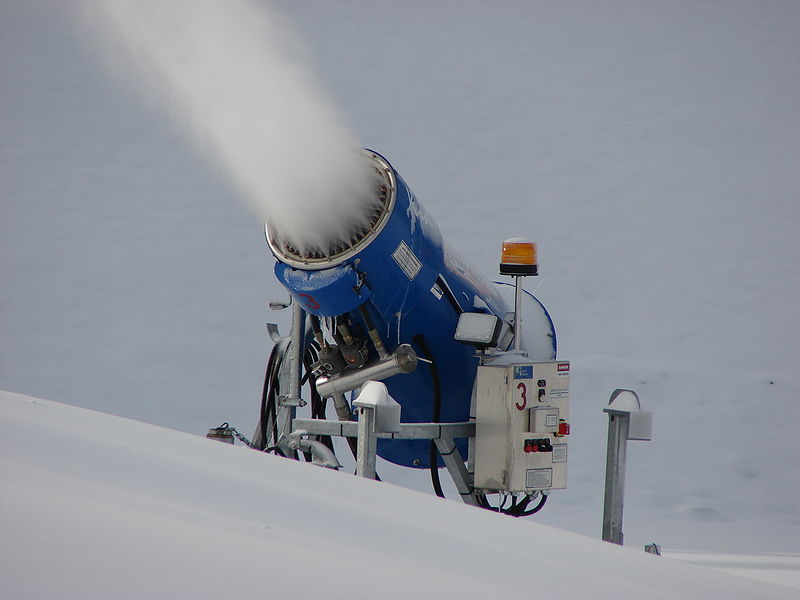Monitoring the wear and tear within oil systems can prove to be a tedious, difficult, and expensive process if proper maintenance products are not utilized.
As metal wears down over time, metallic debris can accumulate, leading to the machine or multiple machines having to go offline at inopportune times to resolve the problem.
Whether there is a mechanical breakdown or teeth and gear damage, having a faulty chunk of metal within an oil system is never a desired outcome.
In an attempt to eliminate this ongoing problem within the industry, Gill Sensors developed a solid state sensor with no moving parts whatsoever, which can be installed in multiple locations within the lower parts of an oil system.
The new oil debris sensor works by utilizing its sensing tip to ultimately attract metal debris through a series of strong permanent magnets, akin to a traditional magnet sump plug.
Furthermore, the inside tip of the sensor is actually an inductive coil which is able to determine not only the concentration but also the particle size of debris on the sensor tip.
From there, the coil alternately generates magnetic pulses and measures the strength of the debris-induced magnetic field, providing an accurate insight into the condition of the system.
Not only does Gill’s new oil debris sensor represent a breakthrough in oil system maintenance technology, but it also represents what many believe will become the standard moving forward and the promise of smart machinery. It is available with both a traditional analog output as well as SAE J1939, which is basically the mobile machinery industry standard, building upon fieldbus networking.
The sensor comes equipped with two independent analog output channels, with the first referred to as the fine channel and the second referred to as the coarse channel.
Both aptly named, the fine channel is configured to measure the build-up of fine metallic debris, typical of normal engine or transmission wear, while the coarse channel is configured to measure the build-up of larger pieces of metallic debris. Such pieces are typically present following a mechanical failure, for example, a gear tooth breakage in a transmission system.
If necessary, a third digital output channel can be added to monitor oil status, capable of signaling when there is a leak or temperature gets exceeded.
With the sensor monitoring both the amount of debris build-up and the size of debris particles, engineers now have unprecedented access to real-time information about the health of mechanical components within liquid systems.
Major companies are generally forced to buy hundreds of thousands of oil system sensors per year, a necessary expense to ensure their products hold up over time. However, thanks to Gill’s new oil debris sensor, those same companies can now monitor their machinery at one-third of the cost.
The sensor, which is lightweight and compact with a small remote electronics unit, can be supplied in custom configurations, allowing it to be deployed in a vast range of applications and aftermarket installations.
In addition, it can be used for small or big OEM, and because the sensor is suitable for operations up to 150 degrees Celsius, it is compatible with almost all automotive, industrial, and aerospace requirements.
Request More Information From Gill Sensors:










